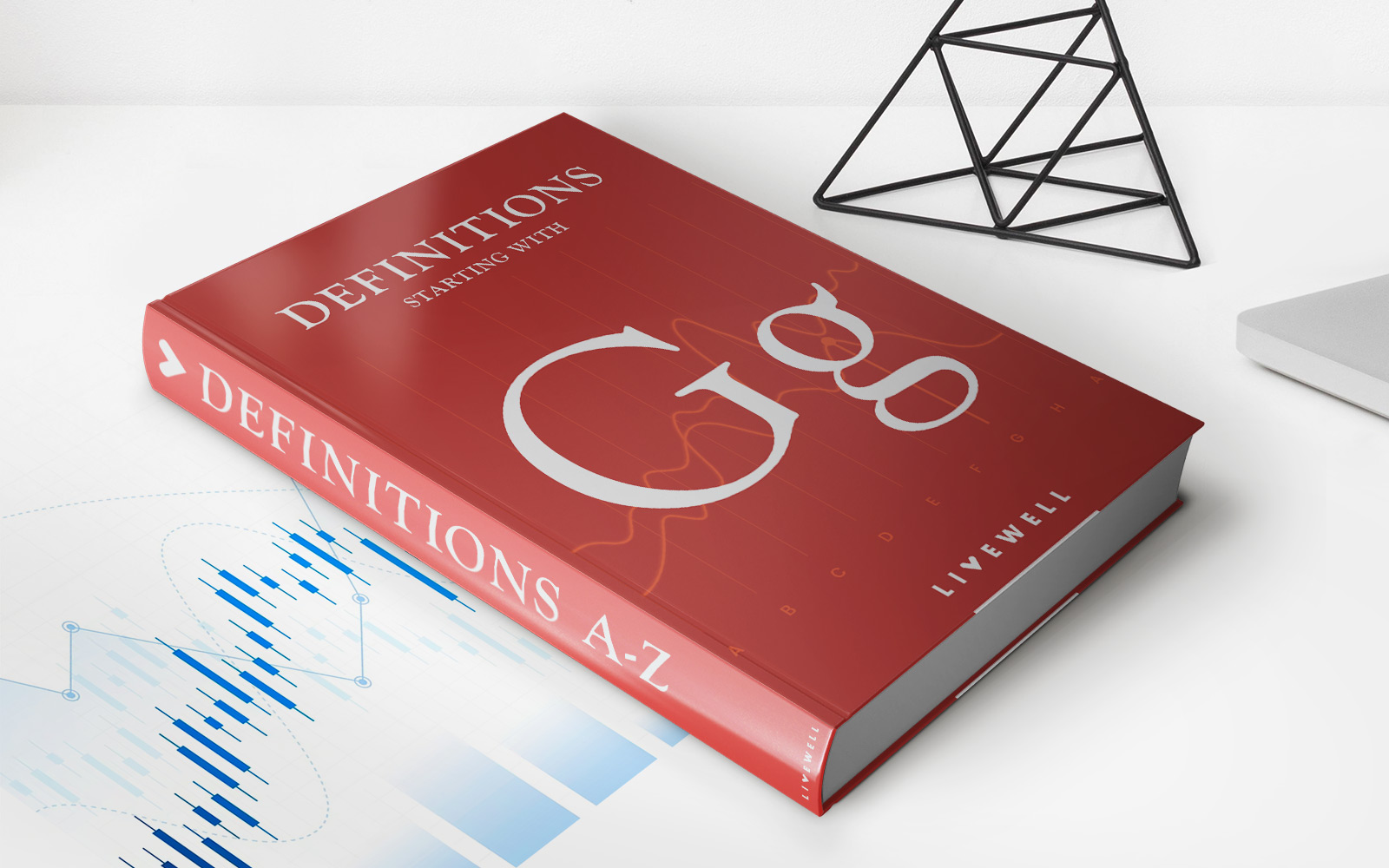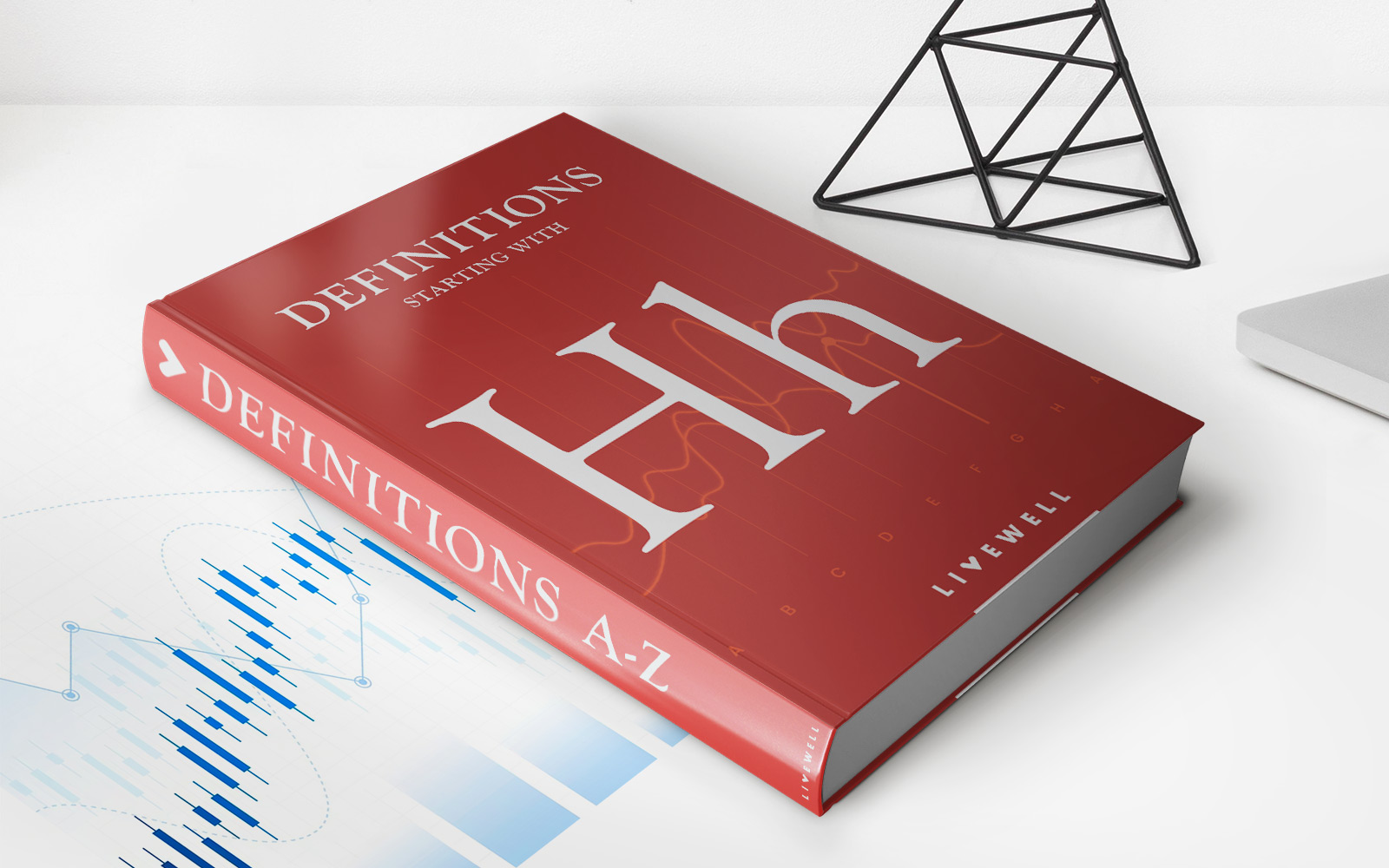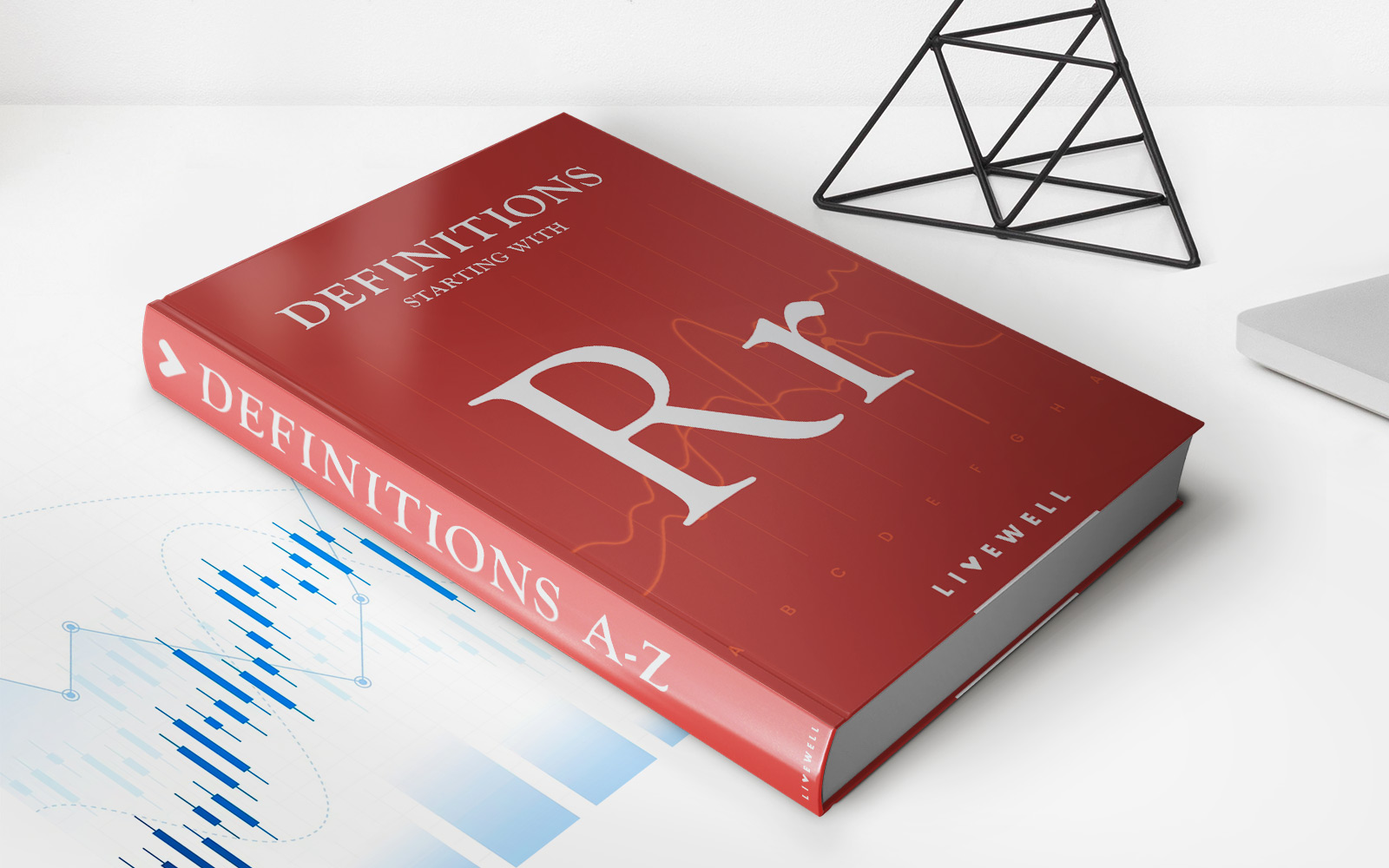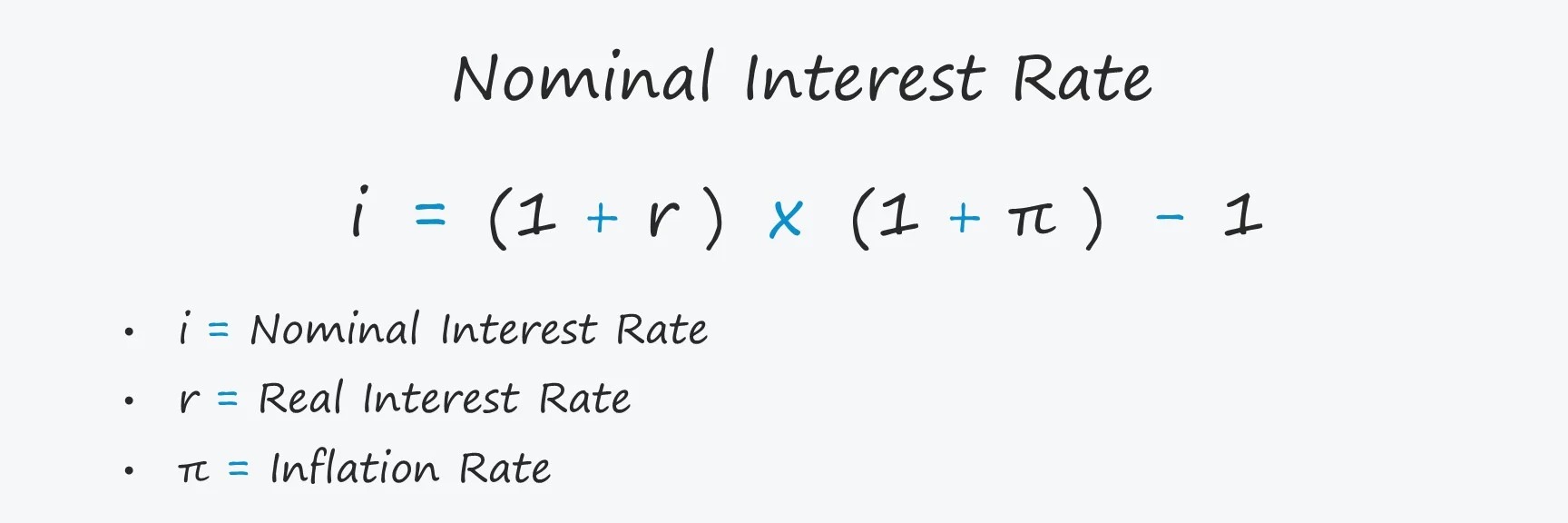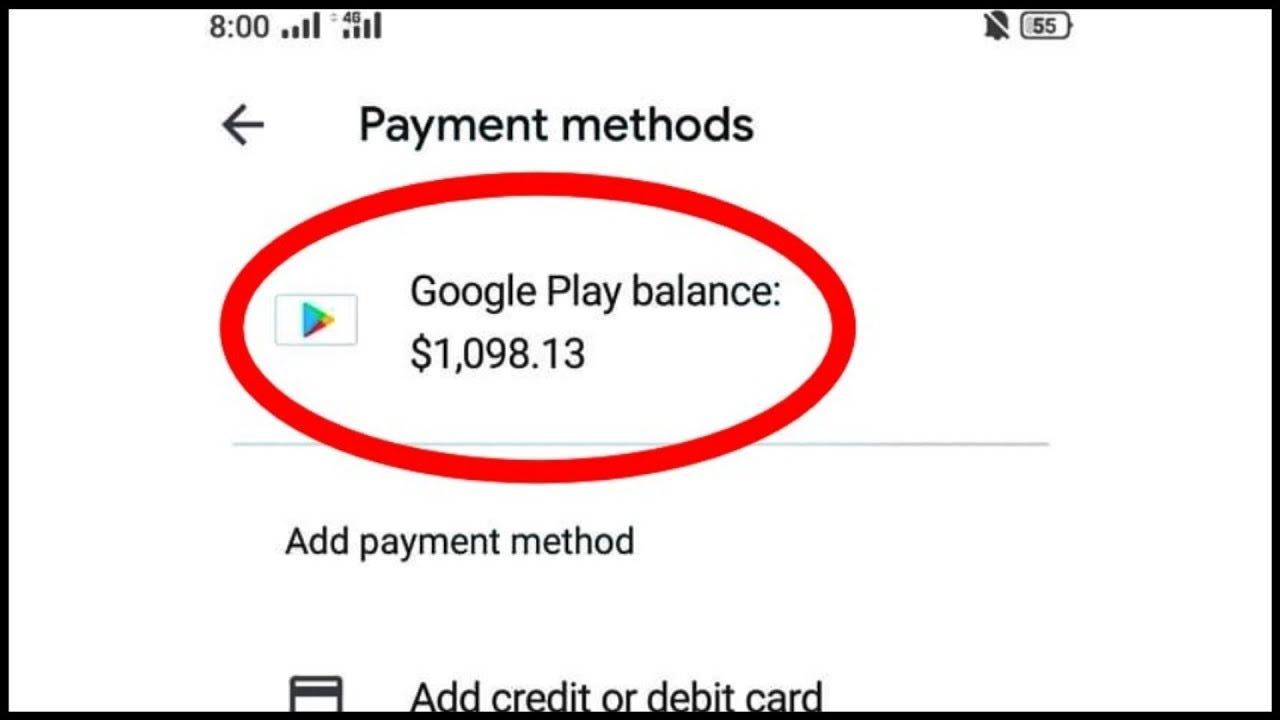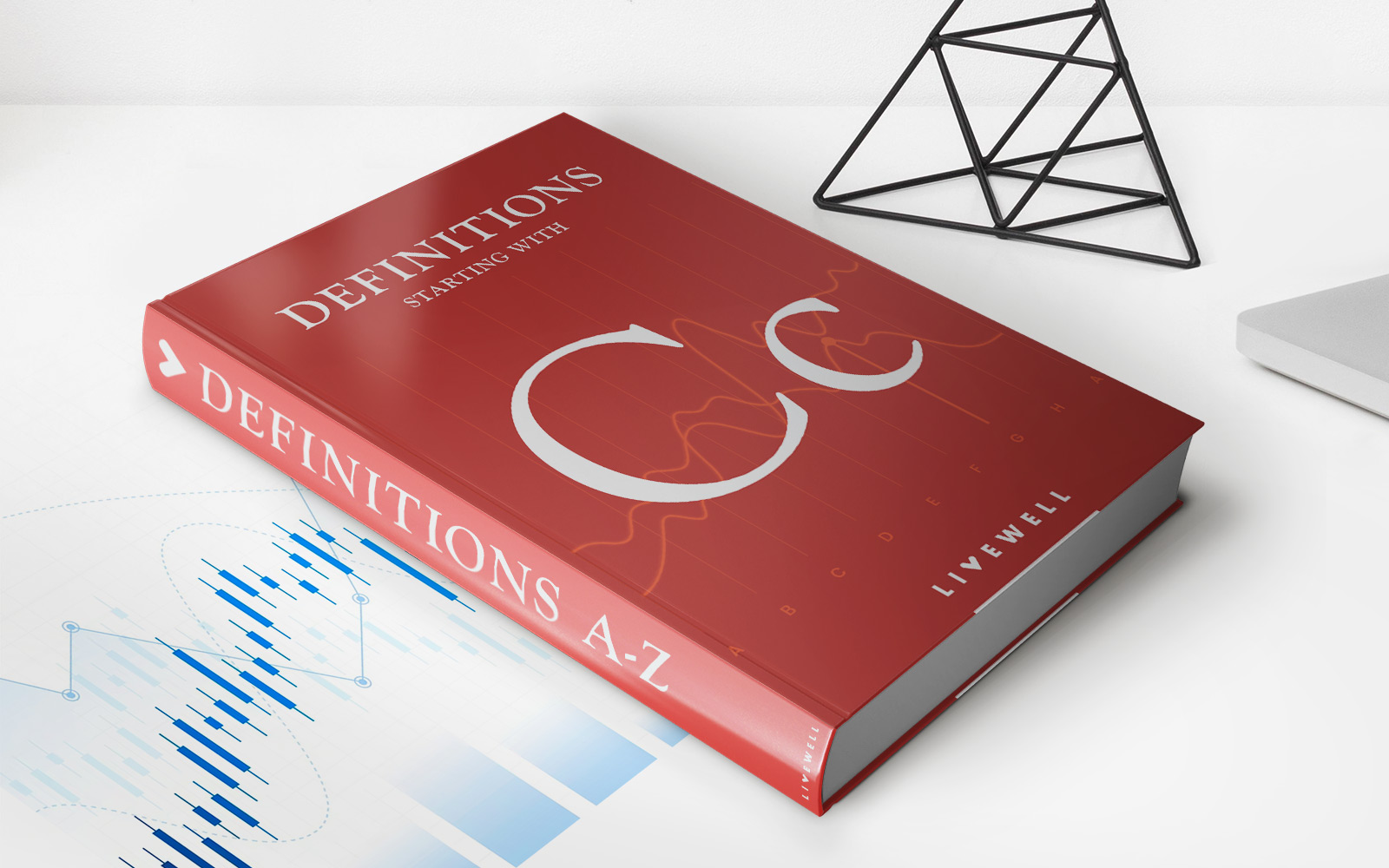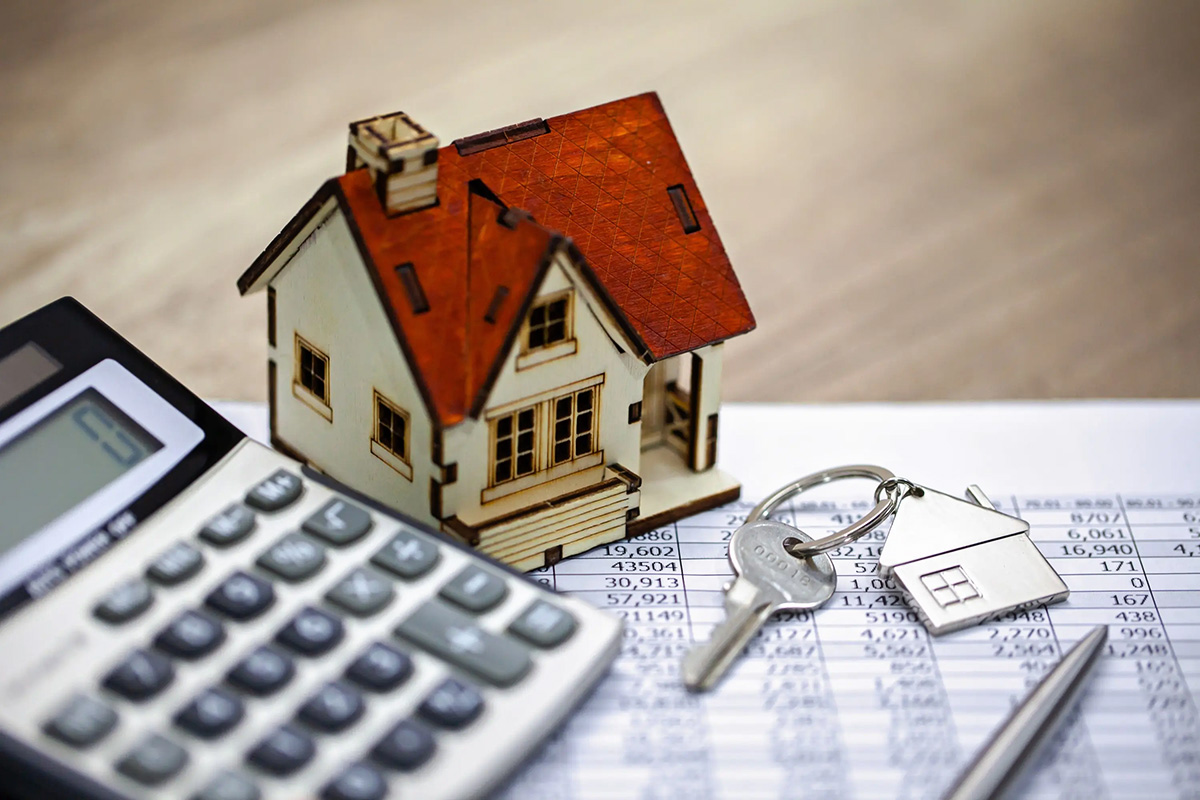

Finance
How To Calculate Property Insurance Rates
Published: January 22, 2024
Learn how property insurance rates are calculated and get expert tips to manage your finances effectively. Understand the key factors that impact your insurance costs.
(Many of the links in this article redirect to a specific reviewed product. Your purchase of these products through affiliate links helps to generate commission for LiveWell, at no extra cost. Learn more)
Table of Contents
Introduction
Property insurance is a crucial aspect of safeguarding your valuable assets, providing financial protection in the event of unexpected disasters or accidents. Whether you own a home, rental property, or commercial real estate, securing the right insurance coverage is essential for mitigating potential risks and ensuring peace of mind. Understanding how property insurance rates are calculated is fundamental to making informed decisions and managing your financial responsibilities effectively.
In this comprehensive guide, we will delve into the intricate world of property insurance rates, exploring the factors that influence these rates and providing valuable insights into the calculation process. By gaining a deeper understanding of this subject, you will be better equipped to make informed choices when selecting insurance policies and optimizing your financial strategies.
Throughout this article, we will unravel the complexities of property insurance rates, shedding light on the key variables that insurance companies consider when determining the cost of coverage. Additionally, we will provide practical tips for lowering property insurance rates without compromising the quality and extent of your coverage.
Join us on this enlightening journey as we demystify the world of property insurance rates, empowering you to make well-informed decisions and secure the most advantageous insurance solutions for your specific needs. Let's embark on this exploration together, unraveling the intricacies of property insurance rates and discovering actionable insights to enhance your financial well-being.
Understanding Property Insurance Rates
Property insurance rates are the financial considerations that individuals or businesses pay to insurance companies in exchange for coverage against potential property-related risks. These rates are meticulously calculated based on a myriad of factors, reflecting the level of risk associated with insuring a particular property. Understanding property insurance rates entails grasping the intricate evaluation process employed by insurance companies to assess the potential liabilities and determine the cost of coverage.
Insurance rates are not arbitrary; they are meticulously calculated based on a comprehensive analysis of various risk factors associated with insuring a specific property. The primary objective of property insurance rates is to align the cost of coverage with the level of risk, ensuring that policyholders receive adequate protection while maintaining a sustainable financial model for insurance providers.
When examining property insurance rates, it is crucial to recognize that they are influenced by a multitude of variables, including the property’s location, age, construction materials, and proximity to potential hazards such as flood zones or fire-prone areas. Furthermore, the type of property, its designated use (residential, commercial, or rental), and the coverage limits also play pivotal roles in determining the insurance rates.
Moreover, property insurance rates are influenced by external factors such as economic conditions, market trends, and regulatory changes within the insurance industry. By comprehending the intricate interplay of these elements, policyholders can gain valuable insights into the dynamics of property insurance rates and make well-informed decisions when selecting insurance coverage.
Throughout this section, we will delve deeper into the multifaceted nature of property insurance rates, unraveling the underlying principles that govern their calculation and shedding light on the key considerations that underpin this critical aspect of risk management and financial planning.
Factors Affecting Property Insurance Rates
Property insurance rates are influenced by a multitude of factors, each playing a pivotal role in shaping the cost of coverage and reflecting the level of risk associated with insuring a particular property. Understanding these influential factors is essential for policyholders seeking to comprehend the dynamics of insurance pricing and make informed decisions when selecting insurance policies.
- Location: The geographical location of a property is a significant determinant of insurance rates. Properties situated in areas prone to natural disasters, such as hurricanes, earthquakes, or floods, typically incur higher insurance premiums due to elevated risk levels.
- Property Type: The type of property being insured, whether it is a residential home, commercial building, or rental property, affects insurance rates. Commercial properties often face unique risks, leading to distinct pricing models compared to residential properties.
- Property Age and Condition: The age and condition of the property are crucial considerations for insurance rates. Older properties or those requiring extensive maintenance may pose higher risks, impacting the cost of coverage.
- Construction Materials: The materials used in constructing the property can influence insurance rates. Properties built with fire-resistant materials may benefit from lower premiums due to reduced fire risk.
- Proximity to Hazards: Properties located near potential hazards, such as bodies of water, dense forests, or industrial facilities, may face heightened insurance rates due to increased exposure to specific risks.
- Claims History: A property’s claims history, including past insurance claims related to damages or losses, can impact future insurance rates. Properties with a history of frequent claims may experience higher premiums.
Furthermore, external factors such as economic conditions, market trends, and regulatory changes within the insurance industry can also influence property insurance rates. By recognizing the multifaceted nature of these influential factors, policyholders can gain a comprehensive understanding of the dynamics shaping insurance pricing, enabling them to make informed choices and optimize their risk management strategies.
Throughout this section, we will explore each of these factors in greater detail, providing valuable insights into their impact on property insurance rates and empowering individuals and businesses to navigate the complexities of insurance pricing with confidence and clarity.
Calculating Property Insurance Rates
Property insurance rates are meticulously calculated through a comprehensive evaluation of numerous risk factors, resulting in a tailored pricing model that reflects the specific characteristics and potential liabilities associated with insuring a particular property. The calculation process involves a systematic assessment of various variables, aiming to align the cost of coverage with the level of risk while maintaining the financial sustainability of insurance providers.
Insurance companies employ actuarial analysis to assess the risks associated with insuring a property, utilizing statistical models and historical data to quantify the likelihood of potential losses. This analytical approach enables insurers to establish a foundation for determining insurance rates that accurately reflect the underlying risk profiles of individual properties.
Key elements considered in the calculation of property insurance rates include the property’s location, construction materials, age, and claims history, among other influential factors. By integrating these variables into the pricing model, insurers can tailor the cost of coverage to align with the specific risk exposures and potential vulnerabilities of the insured property.
Moreover, insurance rates are influenced by broader market dynamics, economic conditions, and regulatory frameworks, which can impact the overall pricing structure within the insurance industry. Insurers must adapt to these external factors while maintaining a balanced approach to pricing that accounts for both the needs of policyholders and the financial viability of the insurance enterprise.
Policyholders can benefit from gaining insights into the calculation process of property insurance rates, as it provides a deeper understanding of the rationale behind insurance pricing and enables informed decision-making when selecting coverage options. By comprehending the intricate methodologies employed by insurers to calculate rates, individuals and businesses can effectively evaluate insurance proposals and optimize their risk management strategies.
Throughout this section, we will delve into the nuances of the calculation process for property insurance rates, unraveling the underlying principles and methodologies that drive insurance pricing and empowering readers with actionable insights to navigate the complexities of insurance cost determination.
Tips for Lowering Property Insurance Rates
While property insurance is essential for protecting valuable assets, there are strategies that individuals and businesses can employ to potentially lower their insurance rates without compromising the quality and extent of their coverage. By implementing proactive measures and leveraging available resources, policyholders can optimize their insurance costs while maintaining robust protection against potential risks.
- Enhance Property Security: Installing security systems, surveillance cameras, and robust locks can mitigate the risk of theft and vandalism, potentially leading to lower insurance premiums.
- Mitigate Risks: Taking steps to reduce specific hazards, such as implementing fire-resistant measures or reinforcing structures against natural disasters, can demonstrate proactive risk management and may result in reduced insurance rates.
- Bundle Policies: Consolidating multiple insurance policies, such as combining property and auto coverage, with the same insurer can often lead to discounted rates through multi-policy discounts.
- Review Coverage Limits: Periodically reassessing coverage limits and adjusting them based on evolving needs and property values can optimize insurance costs without sacrificing adequate protection.
- Improve Credit Score: Maintaining a strong credit score can positively impact insurance rates, as it is often considered a reflection of financial responsibility and risk management capabilities.
- Seek Discounts: Inquire about available discounts, such as loyalty discounts for long-term policyholders, senior citizen discounts, or discounts for specific professional affiliations.
Furthermore, engaging in open communication with insurance providers and seeking guidance from qualified insurance agents can provide valuable insights into potential cost-saving opportunities and tailored strategies for optimizing insurance rates. By fostering a collaborative relationship with insurers, policyholders can gain a deeper understanding of available options and leverage resources to achieve favorable insurance pricing.
It is important to note that while pursuing cost-saving measures, policyholders should remain vigilant in ensuring that their coverage remains comprehensive and aligned with their risk management needs. Striking a balance between cost optimization and robust protection is essential for maintaining financial security and peace of mind.
By implementing these proactive strategies and remaining attentive to evolving insurance needs, individuals and businesses can navigate the landscape of property insurance rates with confidence, leveraging opportunities to optimize their insurance costs while safeguarding their valuable assets against unforeseen perils.
Conclusion
Property insurance rates are a fundamental aspect of financial planning and risk management, shaping the cost of coverage for homes, commercial properties, and rental units. Understanding the intricacies of property insurance rates empowers individuals and businesses to make informed decisions when selecting insurance policies and optimizing their risk management strategies.
Throughout this comprehensive guide, we have explored the multifaceted nature of property insurance rates, shedding light on the influential factors that drive insurance pricing and the methodologies employed by insurers to calculate rates. From the geographical location and construction materials of a property to broader market dynamics and regulatory frameworks, a myriad of variables intertwine to shape the cost of coverage, reflecting the specific risk profiles and vulnerabilities of insured properties.
Moreover, we have delved into actionable strategies for potentially lowering property insurance rates, emphasizing the importance of proactive risk mitigation, leveraging available discounts, and maintaining open communication with insurance providers. By implementing these strategies, policyholders can optimize their insurance costs while upholding robust protection against potential perils, striking a harmonious balance between financial prudence and comprehensive coverage.
As individuals and businesses navigate the dynamic landscape of property insurance rates, it is essential to remain attentive to evolving insurance needs, periodically reassess coverage options, and seek guidance from qualified insurance professionals. By fostering a collaborative relationship with insurers and remaining proactive in risk management, policyholders can navigate the complexities of insurance pricing with confidence and clarity.
Ultimately, the journey of understanding and managing property insurance rates is a pivotal component of financial well-being, enabling individuals and businesses to safeguard their valuable assets and attain peace of mind in the face of unforeseen challenges. By leveraging the insights and strategies presented in this guide, readers can embark on a path of informed decision-making, optimizing their insurance costs while fortifying their resilience against potential risks.


